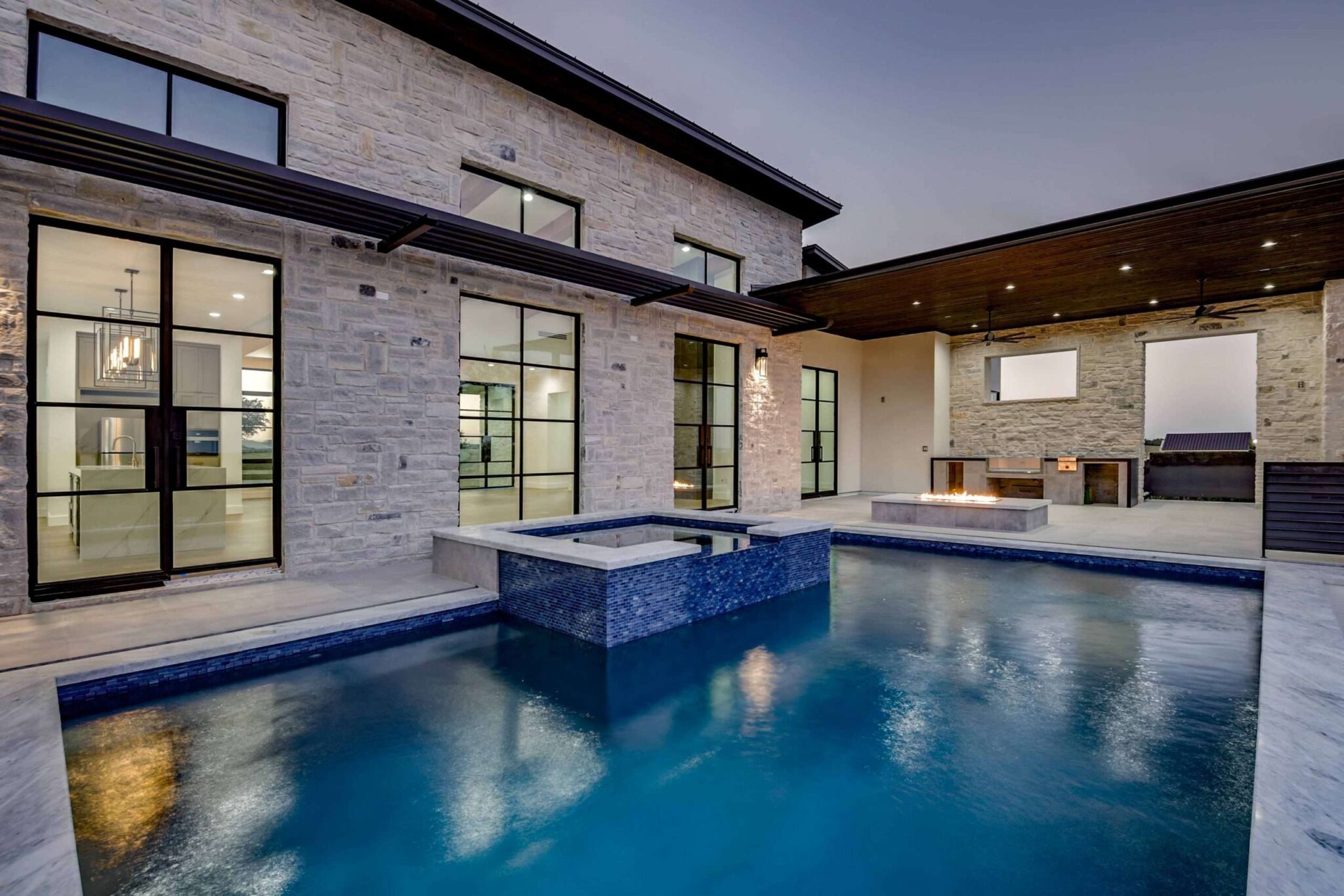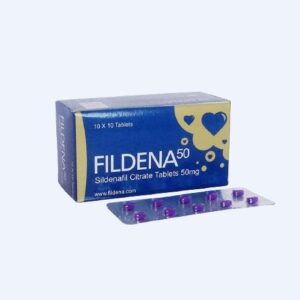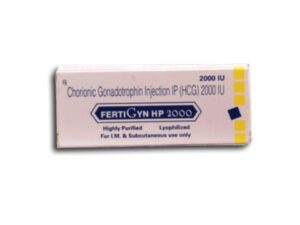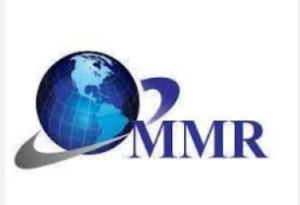In the fast-paced world of real estate marketing, staying ahead of the competition is paramount. With the advent of technology, the landscape of real estate photography has undergone a revolutionary transformation. One of the most impactful advancements in recent years is the utilization of drone photography. Offering stunning aerial perspectives and immersive visuals, drone photography has become a game-changer in the real estate industry. In this article, we delve into the intricacies of real estate drone photography, exploring its benefits, challenges, and best practices.
The Rise of Drone Photography in Real Estate:
Traditional real estate photography often relied on ground-level shots and conventional angles to showcase properties. However, these limitations restricted the ability to capture the full essence of a property, especially in terms of its surrounding landscape and architectural intricacies. This is where drone photography emerged as a revolutionary tool.
Drone photography allows real estate agents and property developers to capture breathtaking aerial views of properties, providing potential buyers with a comprehensive understanding of the property’s layout, neighborhood, and surrounding amenities. Whether it’s a sprawling estate nestled amidst lush greenery or a sleek urban condominium with panoramic city views, drone photography has the ability to showcase properties in their best light.
Benefits of Drone Photography in Real Estate:
Enhanced Visual Appeal: Aerial shots captured by drones offer a unique perspective that traditional photography simply cannot replicate. By showcasing properties from different angles and elevations, drone photography adds a sense of grandeur and allure, instantly capturing the attention of prospective buyers.
Comprehensive Property Overview: Drones have the ability to capture not only the property itself but also its surrounding environment. This includes nearby parks, schools, shopping centers, and other amenities that contribute to the property’s desirability. By providing a comprehensive overview of the neighborhood, drone photography helps potential buyers make more informed decisions.
Competitive Edge: In a competitive real estate market, standing out from the crowd is essential. Properties marketed with high-quality drone photography have been shown to attract more attention and command higher selling prices. By leveraging drone technology, real estate agents can differentiate their listings and appeal to a wider audience of discerning buyers.
Overcoming Challenges in Drone Photography:
While drone photography offers immense potential, it also presents certain challenges that must be addressed.
Regulatory Compliance: Drone operations are subject to strict regulations imposed by aviation authorities. Real estate professionals must ensure compliance with these regulations, including obtaining necessary permits and licenses for aerial photography. Failure to comply can result in legal repercussions and fines.
Weather Constraints: Weather conditions such as high winds, rain, and fog can significantly impact the feasibility of drone photography. Inclement weather may necessitate rescheduling photo shoots, causing delays in the marketing process. Real estate professionals must monitor weather forecasts closely and plan accordingly to minimize disruptions.
Skill and Expertise: Operating a drone requires a certain level of skill and expertise. Real estate agents and photographers must undergo training to effectively pilot drones and capture high-quality aerial footage. Additionally, post-processing techniques such as image editing and enhancement are essential to ensure that the final photographs meet professional standards.
Best Practices for Real Estate Drone Photography:
To maximize the effectiveness of drone photography in real estate marketing, it’s important to adhere to best practices:
Plan Ahead: Before conducting a drone photo shoot, thoroughly scout the property and surrounding area to identify key vantage points and potential obstacles. Develop a shot list and flight plan to ensure efficient use of drone battery life and capture all desired angles.
Optimize Lighting Conditions: Lighting plays a crucial role in photography, and aerial shots are no exception. Aim to conduct photo shoots during the golden hour—shortly after sunrise or before sunset—when natural light is soft and flattering. Avoid shooting in harsh midday sunlight, which can result in overexposed images and harsh shadows.
Showcase Property Features: When capturing aerial shots, focus on highlighting the unique features and selling points of the property. Whether it’s a swimming pool, landscaped garden, or architectural details, ensure that these elements are prominently featured in the photographs.
Edit with Care: Post-processing is an integral part of drone photography. Use editing software to enhance colors, contrast, and clarity, while ensuring that the final images accurately represent the property. However, avoid over-editing, which can result in unrealistic and unappealing photos.
Conclusion:
Real estate drone photography has revolutionized the way properties are marketed and showcased to potential buyers. By offering stunning aerial perspectives and immersive visuals, drone photography enhances the visual appeal of listings, attracts more attention, and ultimately leads to quicker sales. While challenges such as regulatory compliance and weather constraints exist, careful planning and adherence to best practices can help real estate professionals harness the full potential of drone technology. As the real estate industry continues to evolve, embracing innovative technologies like drone photography will be key to staying ahead of the competition and achieving success in the market.













